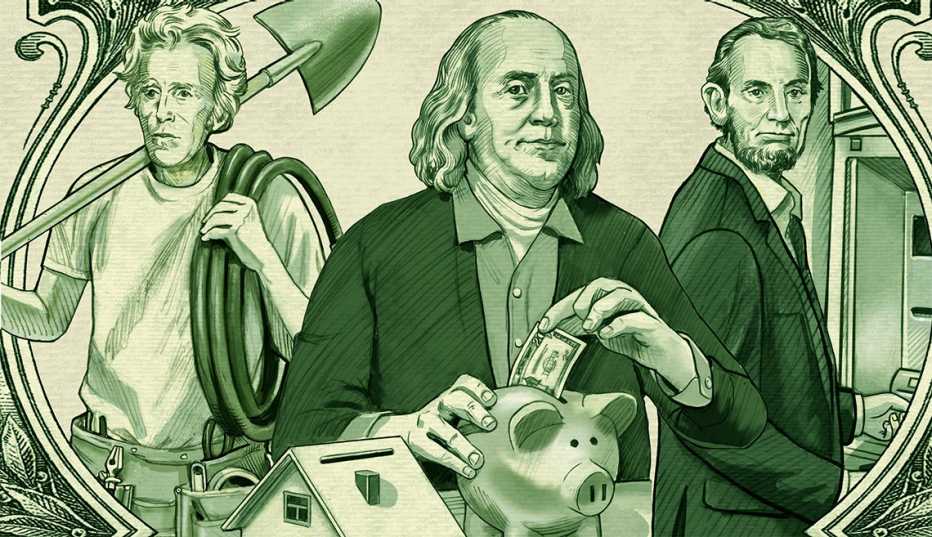Staying Fit
Most people know the importance of scheduling an annual health exam.
But at the start of a new year it's a smart move to conduct a multipoint checkup of your personal finances. A lot can change in a year.


AARP Membership— $12 for your first year when you sign up for Automatic Renewal
Get instant access to members-only products and hundreds of discounts, a free second membership, and a subscription to AARP the Magazine.
Investment portfolios can get riskier because of price moves in financial markets. Overspending can bust budgets. Estate plans can get upended after an unplanned death.
People living on fixed incomes also have less room. So taking a proactive approach to managing your financial health can boost your odds of staying on track — and help you avoid nasty surprises that could crack your nest egg.
With 2020 fast approaching, here are five things financial advisers say older Americans should do now:
1. Share financial data with your spouse
Too often, only one member of a household knows how much money is coming in and how much is going out each month, what financial firm the 401(k) accounts are with, how big — or small — their balances are or which life insurance policies to tap if the chief financial officer (CFO) of the household dies unexpectedly.
That lack of financial transparency can cause problems, says Anthony Ogorek, founder and chief executive of Ogorek Wealth Management in Williamsville, New York.
"A married couple is viewed as an economic unit,” he says. “Oftentimes, the non-CFO spouse is left in the dark."
His advice: Make sure both partners are privy to all the household's financial information.
2. Have a plan for a death
Few people want to talk about what happens when one spouse dies, but it's a lifesaver for the surviving spouse to have a blueprint of how to move forward financially.
"Make sure each spouse understands how things will play out in the event of a sudden death,” Ogorek says. “If you don't know what you have as a family unit or where it is or who [what certified public accountant or financial adviser] you're working with, and the rug gets pulled out from under you, it's a very traumatic experience."
Put everything in writing, what Sandra McPeak of Wells Fargo Advisors in Rolling Hills Estates, California, dubs the “family letter.”
For ways to save and more, get AARP’s monthly Money newsletter.
‘You don’t want to leave a spouse or your kids with a bulging file cabinet or no information at all.’
Create a document that lists insurance policies; investment and savings accounts; the names of your accountant and estate lawyer; as well as any money you owe on auto loans, credit cards or mortgages. Include the name of the financial institutions, account numbers, balances, key contact information and online account passwords.
"Ideally, I want it to be one to two pages,” McPeak says. “The letter lets my spouse step into my shoes and run things smoothly.
"You don't want to leave a spouse or your kids with a bulging file cabinet or no information at all,” she says. “It should include basic things like, ‘Do we have a mortgage? And, if so, is it paid by autopay or check? Do we have insurance? Who are the beneficiaries? Do we have a [safe-deposit] box? If so, where is the key and what's in it?’ “

































































